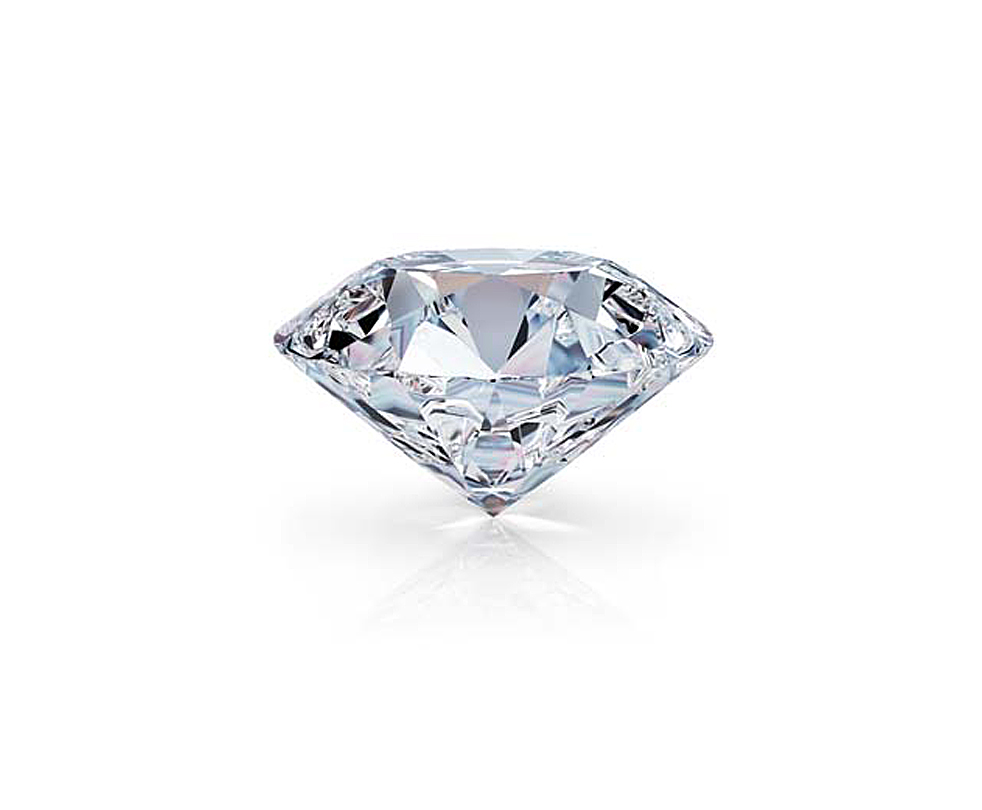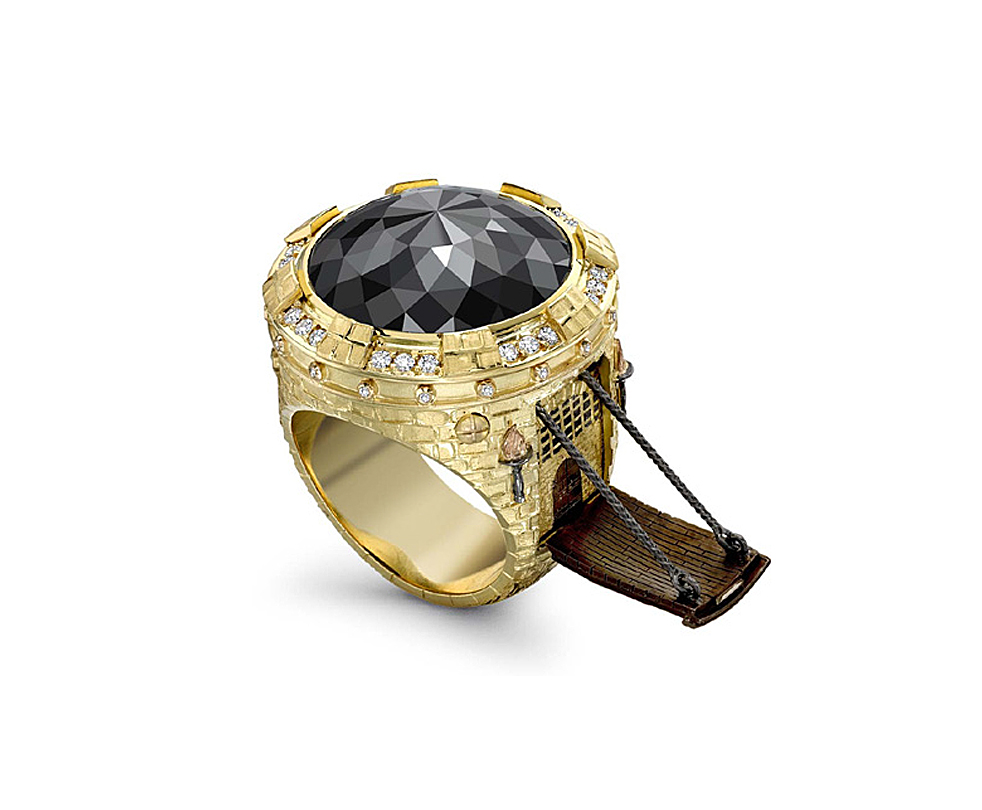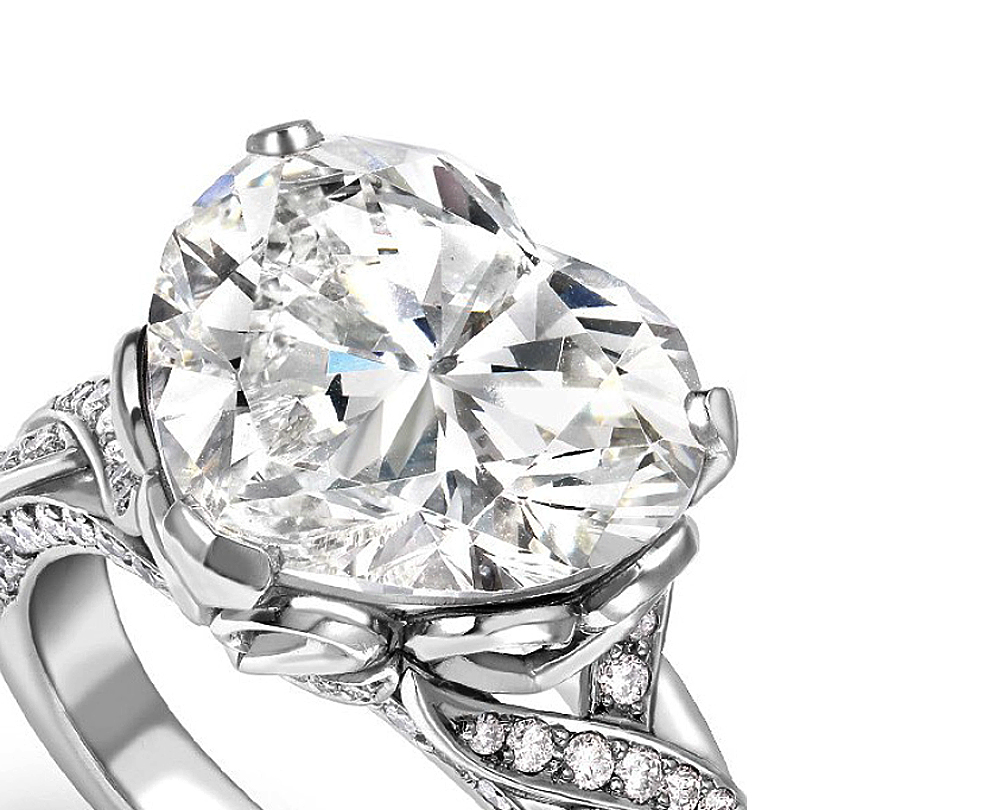Diamond
Diamonds account for the vast majority of the value of all gemstones bought worldwide, some estimates put the figure as high as 90%.
A pure diamond is colourless and entirely composed of carbon, however they can also occur in a range of other colours (termed Fancy Colours) including brown, yellow green, pink, blue, black, red and purple.
They are valued according to a system known as ‘The 4 C’s’ which are Carat – how much they weigh and therefore how large they are, Colour – how white they are or alternatively how strong the colour is in Fancies, Clarity – how free they are from tiny inclusions or marks, and finally Cut – how well the stone has been cut and polished. However none of these grades and measurements allow for the inner life and romance which some stones possess and others simply don’t, that certain star quality that makes some of them just sing! The term ‘Cut’ is also commonly used to refer to the overall shape of the stone, with the Round Brilliant being the most popular choice. The brilliant-style of cutting, which refers to the number and positioning of the flat polished faces or ‘facets’ of a stone can also be applied to other shapes of diamond such as oval, pear and marquise.
However for those who prefer a more geometric shape, the emerald cut (which is essentially a rectangle with the corners cut off), the princess cut (a square with brilliant-type faceting) and the Asscher cut (also square but with its corners removed and named after the gentleman who designed it in 1902) are all good choices.
The name ‘diamond’ comes from the Greek word ‘adamas’ meaning unconquerable and the earliest written account of diamonds dates from around 500BC. Until the 18th Century, they were to be found only in India which meant that diamonds were genuinely rare, very expensive and therefore worn only by Royalty and the very wealthy. In 1725 they were discovered in Brazil but it was the young boy in South Africa, who in 1867 found a colourless stone on the ground at his father’s farm, who changed the history of diamonds most significantly. The subsequent huge increase in diamond mining and production meant that for the first time, diamond jewellery was more widely available. Today, some of the most important gem diamond producing countries are Australia, South Africa, Canada and Russia. Being the hardest of all gemstones it is a favourite for engagement rings.
Description: Diamonds are the most famous and commercially important gemstones in the world, they occur in a range of different colours with white being by far the most often used. They are found in several countries including South Africa, India and Canada, and are the hardest naturally occurring substance known to man.
Hardness: 10 on Mohs Scale
Birthstone: April








